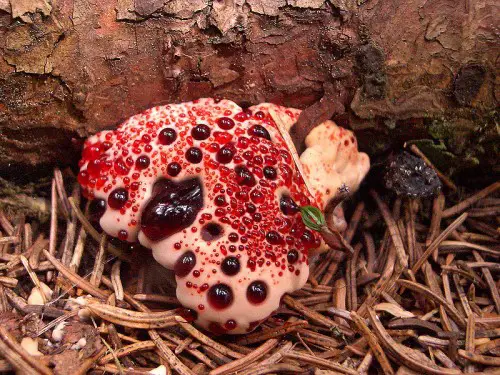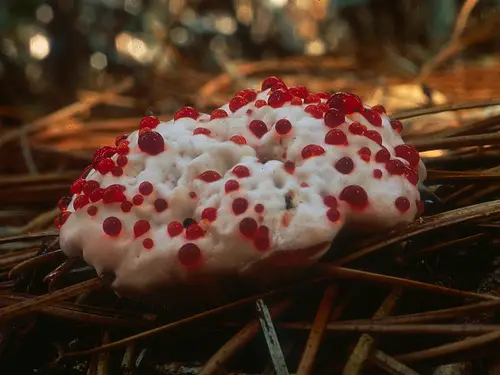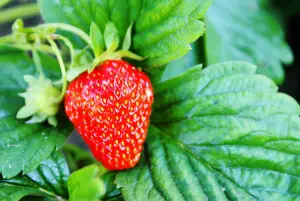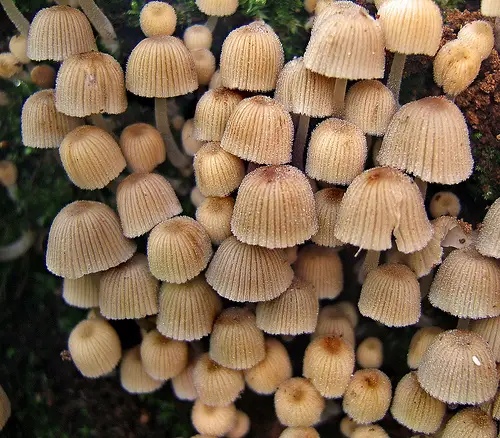Hydnellum peckii
The Hydnellum peckii is a fungus that belongs to the genus Hydenellum and the Bankeraceae faily. This species is found in Europe and North America, as well as Korea and Iran. This fungus species is a mycorrhizal species that forms mutually beneficial relationships with coniferous trees.
This unusual looking fungus has several descriptive common names. These include strawberries and cream, the bleeding tooth fungus, the bleeding Hydenellum, the Devil’s tooth, or the red-juice tooth. However, these descriptive names are apt when they are young, but not in its older age when it just becomes an ordinary brown.
Hydnellum peckii was first scientifically described in 1913 by Howard James Banker, who was an American mycologist. Several years later, Pier Andrea Saccardo placed this fungus in the genus Hydnum while in 1956, Esther Amelia Dick and Walter Henry Snell placed it in the Calodon genus in 1956. The way that this fungus is classified is due to the ‘stirps’ which are thought to indicate common ancestry with the genus, Hydnellum, which is why Banker’s bionomial name stayed on.
The Hydnellum peckii’s cap’s surface is convex to flattened. It can also be slightly depressed in the centre. It is densely covered with hair that is similar to the texture of felt or velvet, however these hairs are sloughed off in age which leaves the cap smooth. Its shape is rather irregular, as it can be between 4 to 10 cm, and sometimes even as wide as 20cm. Its cap is whitish but will later turn brownish. It has irregular dark brown to near black blotches when it is bruised. Its flesh is a pale pink-brown.
The fruit bodis of the Hydnellum peckii almost look like a “Danish pastry topped with strawberry jam”. As delicious as that sounds and despite the fact it is not poisonous, it is inedible as it has a very bitter taste. Even when it is dried, it tastes acrid. However, the fruit body of the Hydnellum peckii is prized by mushroom dyers.




